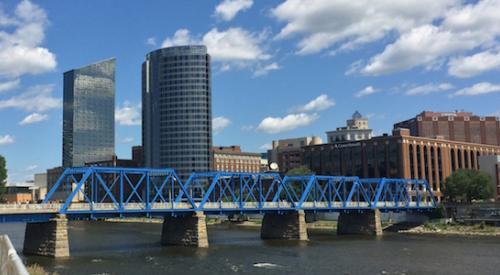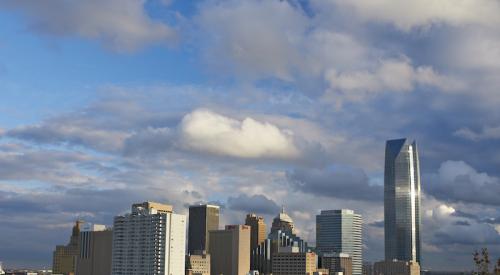There is often a disconnect between what people want, and what people can attain. You may want to be a rock star, but the best you may actually be able to do is play ACDC covers at a local bar on a Saturday night. You may want to drive an Aston Martin, but have to settle for sticking a massive spoiler and a coffee-can muffler on your Honda Civic. Similarly, asBusiness Insider reports, Millennials may want to live in big cities for the big companies, good paying jobs, and lively social life, but they quickly realize that while the cost of living like that may be desirable, it isn’t sustainable.
Millennials, along with low-income workers and people in rural-based industries, are the group most likely to get pushed out of big, expensive cities. Mark Uh, a data scientist for Trulia, used data from the 2014 five-year U.S. Census Bureau American Community Survey to analyze migration patterns away from the biggest cities. According to Uh, Millennials accounted for 51.1 percent of out-migration, the largest share, and also had the highest move away rate compared to the expectation at 105.6 percent.
Silver Spring, Md. had the largest move-away rate relative to expectation for Millennials at 144.2 percent. This means the share of households in the city that are Millennials was 20.1 percent but the share of households leaving the city was much higher, at 49.2 percent. Orange County, Calif., Oakland, Calif., New York, N.Y., and Chicago, Ill., round out the top five with move away rates relative to expectation of 122.7 percent, 111.5 percent, 106.4 percent, and 104.8 percent respectively.
For the full list of the 10 big American cities Millennials are leaving most, follow the link below.











